I’ve got great instructions for sewing piping onto pillows, and also for installing invisible zippers, but now that I want to make a set of pillows with both piping and invisible zippers, I’ve discovered the instructions for doing each conflict with each other. Usually to sew in an invisible zipper, I baste the two pieces of fabric together first at 1/8″ further out from the seam allowance line (i.e., 3/4″ rather than the 5/8″ seam allowance). Then I press the seam open, and stitch in the first half of the zipper teeth using a concealed zipper foot, and then follow the rest of the invisible zipper instructions that came with my concealed zipper foot.
On the other hand, to add piping, I baste the piping in place exactly on the seam allowance line. When I tried to combine both of these processes, I discovered the basting at the 3/4″ line caused an unwanted gap between the placement of the zipper teeth and the piping. It took me three pillows to figure out a better way to do this, so I’ve documented my lab notes here, in case they will help anyone else — plus I’ll be able to refer back to these notes the next time I make this kind of pillow — by which time, I’m sure, I will have forgotten the steps I took.
The process I found that worked best for me began with basting the piping in place on one half of the pillow, then sewing the first half of the zipper in place directly next to the piping before basting the two sides of the fabric together, as one would normally do when installing an invisible zipper.
Step One: After cutting out your pillow fabric, mark the seam lines on the right side of one side of the pillow fabric, using tracing paper or another erasable/impermanent marker.
Step Two: Use a circle template to mark the corner curves. I happened to use a roll of painters’ tape and a chalk pencil for mine.
Step Three: Then pin or clip the piping in place with the seam line of the piping along the marked seam lines all around the outer edge of one piece.
Step Four: Set the stitch length for a basting stitch (i.e., the maximum length)
Step Five: Using a regular zipper foot with the needle set to the left edge, baste the piping in pace. Sew directly on top of the line of factory stitches (if you are using prepared piping) or your previous stitches, if you’ve made your own piping.
Continue sewing all around the edge of the piping. I find using the Wonder Clips rather than pinning is much easier on my hands, my machine and my tools. No more pin pricks, bent pins, or dulled needles.
Finish basting the piping in place by overlapping the end of the piping over the beginning edge, making sure to create a good curve, but also to run the ends off or towards the edges of the fabric.
Step Six: Now that the piping has been basted all around the pillow seam allowances, cut off any excess.
Step Seven: Now you’re ready to begin adding the zipper. First press it flat on low heat, according to the instructions that came with the zipper. Clip or pin one side of the opened invisible zipper on top of the piping–on the inside (seam allowance) edge, making sure the zipper teeth are as close as possible to the piping, and that the zipper is centered along that edge of the fabric.
Step Eight: Don’t forget to set your stitch length to normal. My Janome defaults to a 2.2 stitch length, but I find those stitches to be pretty short and prefer it set to about 3.0.
Step Nine: Switch the presser foot to a concealed zipper foot, place the zipper teeth under the left channel of the zipper foot, and with the right side zipper teeth as close to the piping as possible, stitch along the right edge of the zipper teeth while avoiding overlapping the piping.
Step Ten: (Not pictured): Place the right sides together of the two pieces of pillow fabric and baste over the piping at the seam line, avoiding catching any part of the zipper in this basting stitch.
Step Eleven: Press the seam open, and check to be sure the piping was not caught in the stitching for the zipper. If it was, you will, of course, need to rip out the seam and start again.
Step Twelve: Using the regular zipper foot with the needle set to the left edge, stitch the outer edge of the right side of the zipper tape in place along the seam allowance.
Step Thirteen: Pin the left side of the zipper in place on the other seam allowance and stitch the outer edge of the zipper tape in place, just as in the previous step.
Step Fourteen: Remove the basting stitches holding both sides of the fabric together. The two pillow pieces will now be held together along the zipper seam only by the stitching you added on both sides of the zipper tape.
Step Fifteen: Stitch over the left side zipper teeth using the concealed zipper foot, placing the zipper teeth under the right channel of the zipper foot. Be sure to backtack (reverse stitch) at both ends of the stitching.
Step Sixteen: Now it’s time to close the zipper and inspect your work. If all is well, move on to the next step.
Step Seventeen: Clip or pin the two sides of the pillow fabric together along two edges, with right sides together.
Step Seventeen: Before finishing clipping or pinning the two sides together, be sure to reach inside and unzip the zipper before clipping (or pinning) the final edge. It is possible to unzip the zipper after you’ve stitched closed all the other sides, but it is rather difficult and tedious to do. Don’t ask me how I know. 😉
Step Eighteen: Using the regular zipper foot with the needle set to the left edge, stitch the two sides together with permanent stitches right on top of the piping’s basting stitches, starting at one end of the zipper and finishing at the other, being sure to leave no gap between the ends of the zipper and the seam, following all corner curves.
Step Nineteen: Trim the corners at an angle to reduce puckering.
Step Twenty: Turn the pillow right side out, and press the seams flat.
Step Twenty-One: Finally, stuff the new pillow cover with a pillow form, zip it up and you’re done!
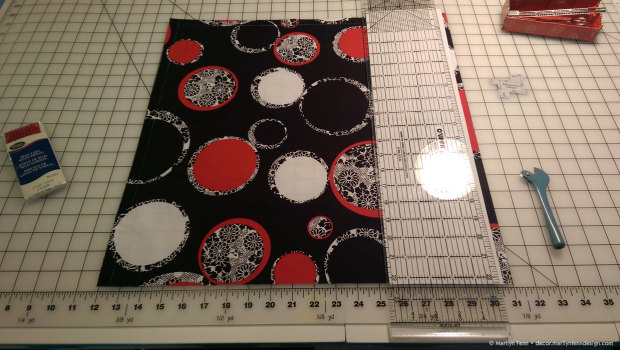
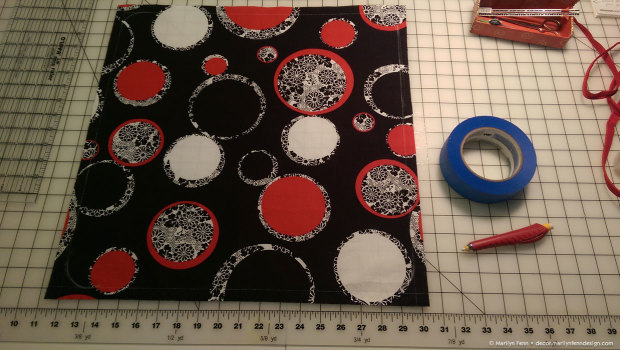

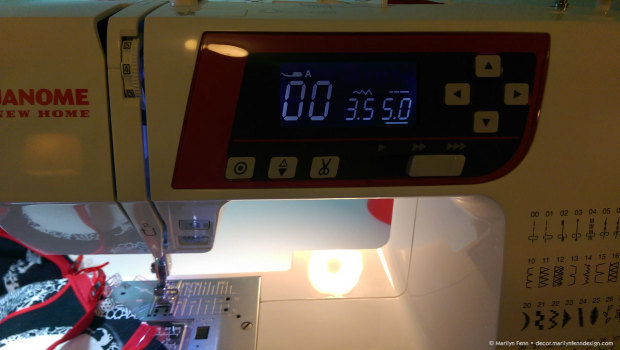
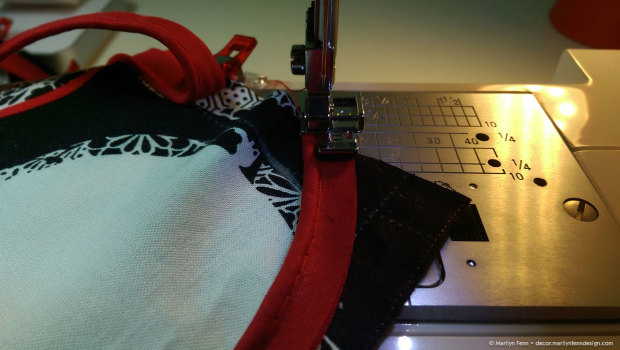

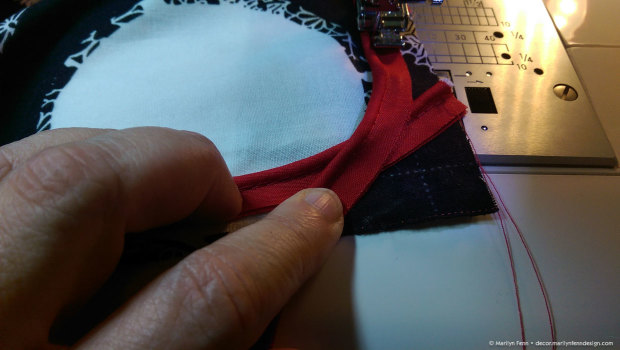
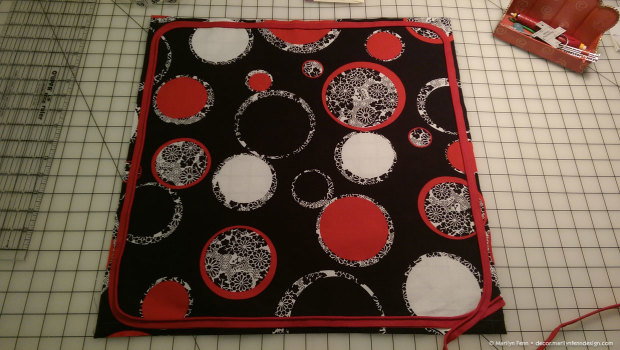


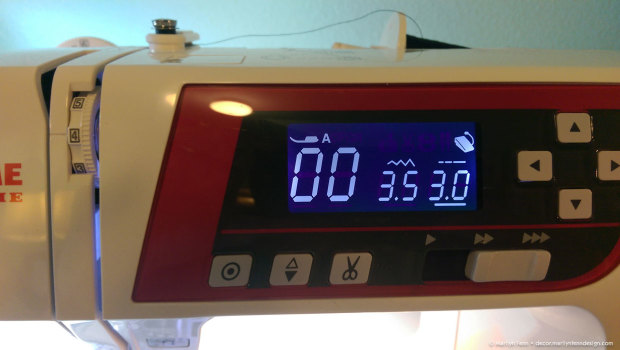


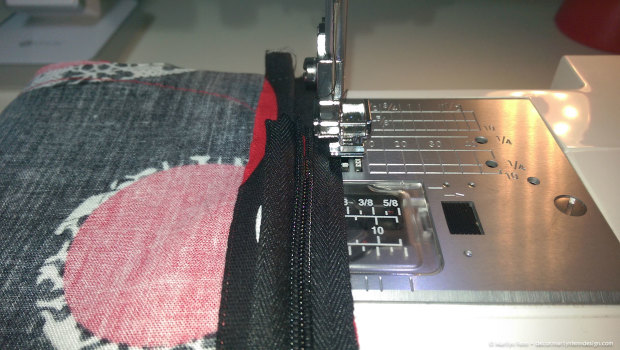
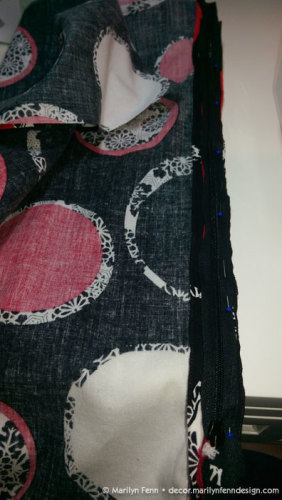
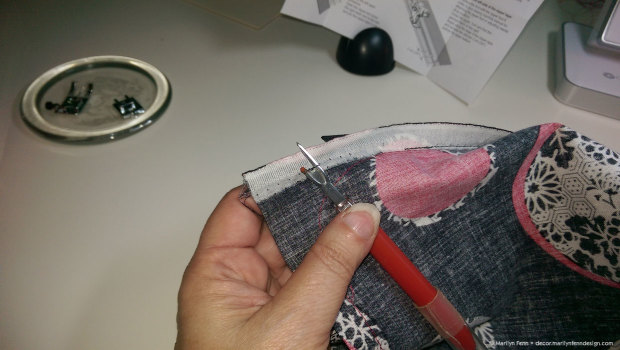
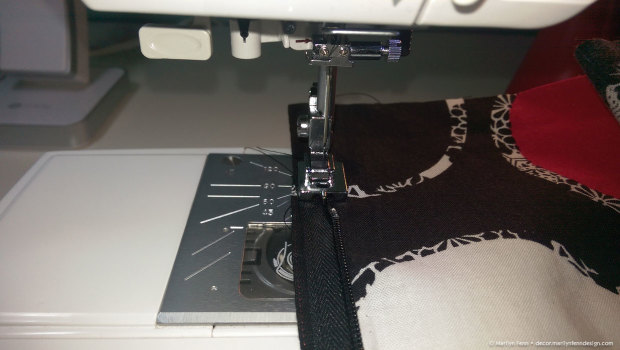

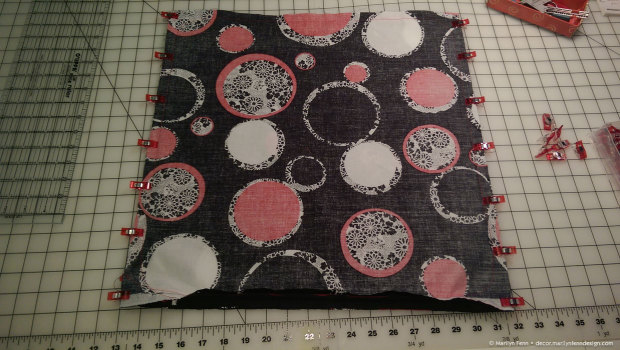
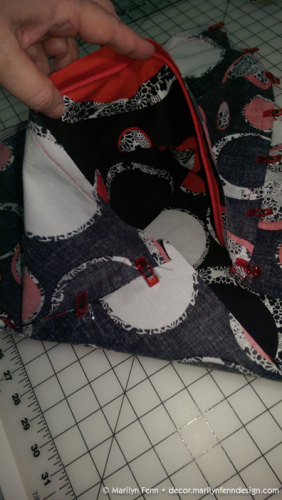


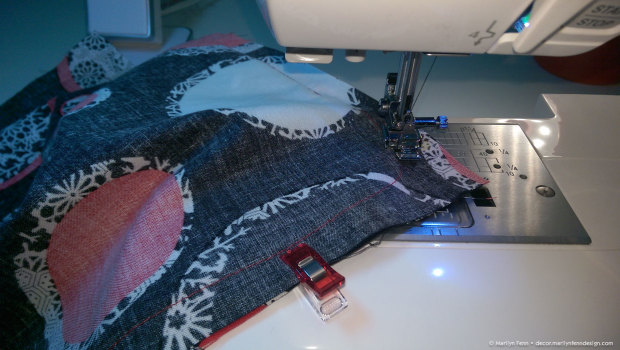

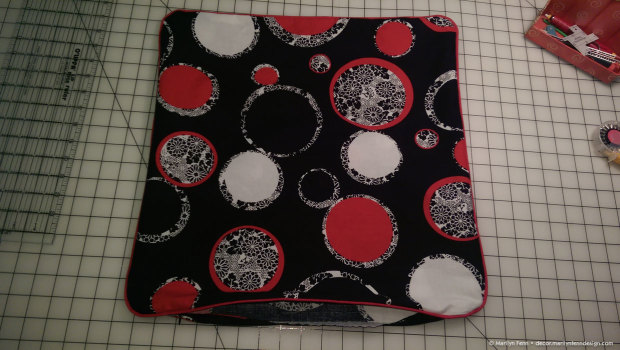



Leave a Reply